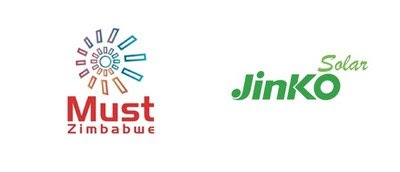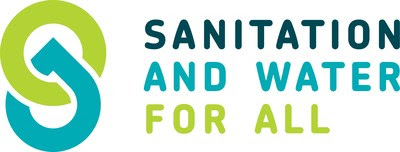National dam levels continue a downward trend
The weekly status of reservoirs released by the Department of Water and Sanitation this week demonstrate a recurrent downswing of water levels compared to same period last week. This week, the overall storage capacity of the country’s water level sits at 93.7%, a modest decline from last week’s 94.4%, and a notable improvement from last year’s 84.5%. This reduction can be attributed as a clear manifestation of winter season that is upon us.
The Integrated Vaal River System (IVRS), Umhlathuze, and Butterworth Water Supply Systems are fixed and unchanged at 102.4%, 100.2%, and 100.1% respectively.
The following Water Supply Systems are on the decreasing mode; Algoa decreased from 12.8% to 12.5%, Amathole a minor dip from 69.0% to 68.9%, Bloemfontein recorded a downslide from 100.3%, 99.7%, Orange diminished from 103.0% to 100.2%, Cape Town dipped from 65.9% to 64.5%, Polokwane slightly moved down from 102.4% to 102.0%, Luvuvhu witnessed a faint decrease from 101.3% last week to 101.2% this week, and Umgeni also recorded a reduction from 101.3% to 100.9%.
Klipplaat, and Crocodile West are the only Water Supply System that have recorded enhancements, from 98.0% to 98.2% and 98.8% to 99.3%.
A total of six (06) out of nine (09) provinces have recorded reduction in water levels namely, Eastern Cape dropped from 67.2% to 66.7%, Free State moved down from 103.4% to 102.0%, Gauteng recorded a tiny reduction from 101.5% last week to 101.3%, Limpopo dropped slightly from 88.8% to 88.7% and Western Cape lessened from 53.4% to 52.2%.
Provinces that witnessed upward movements are Northern Cape increasing from 105.6% to 108.5%, KwaZulu Natal improved by the slightest of margins from 92.0% to 92.1%, North West elevated from from 80.9% to 81.2%, and Mpumalanga is steady week on week at 95.3%.
Vaal and Grootdraai Dams which are part of the IVRS have slightly dropped from 106.6% to 106.5% and 102.1% to 101.6%. Both Gariep and Vanderkloof Dams which are part of Orange River Water Supply System have recorded declines from 101.6.% and 105.2% to 98.9% and 102.2% respectively.
In the floods hit KwaZulu Natal, Albert Falls Dam, an integral part of the Umgeni Water Supply System which supplies water to eThekwini Metro and surrounding areas dropped from 101.0% to 100.4%. Midmar which is also part of Umgeni moved down moderately from 100.6% last week to 100.2% this week and Woodstock Dam expanded from 101.3% to 101.7%.
Kouga Dam which is part of Algoa Water Supply System is critically low at 12.8% moving further down from last week’s 12.9%, Gcuwa Dam which forms part of Butterworth Water Supply System is unmoved at 108.2%.
Roodeplat and Rietvlei Dam which are the components of Crocodile West supplied by Pienaars and Hennops River are unchanged at 100.7% and 100.8% respectively.
In the Western Cape, which is a combination of parts that experience rainfall in winter and those that receive rainfall during other seasons; Berg River dropped from 67.9% last week to 67.2%, and Clanwilliam Dam is a cause for concern at 30.9% from 31.4% last week.
Flag Boshielo which is part of Polokwane Water Supply System has decreased from 103.2% to 102.7%, De Hoop narrowly decreased from 100.4% to 100.3% and Nandoni recorded the a slight decline from 101.6% to 101.5%.
In Mpumalanga, Jericho Dam which is part of the IVRS supplied by Mpama River has increased marginally from 101.1% to 101.2%, Nooigedacht expanded from 98.4% to 100.7%, Kwena Dam which is part of Crocodile East Water Supply System is moderately down from 100.6% last week to 100.5% this week.
The Department of Water and Sanitation persists in pleading with the public to utilise water with caution since we are at the dawn of winter season.
Source: Government of South Africa




